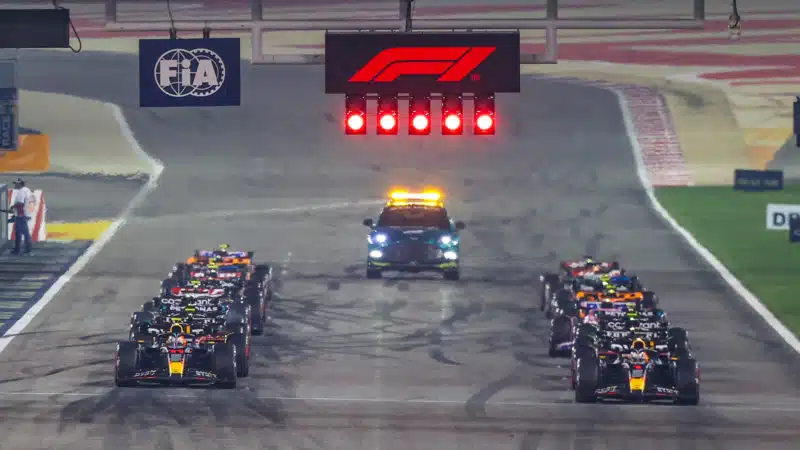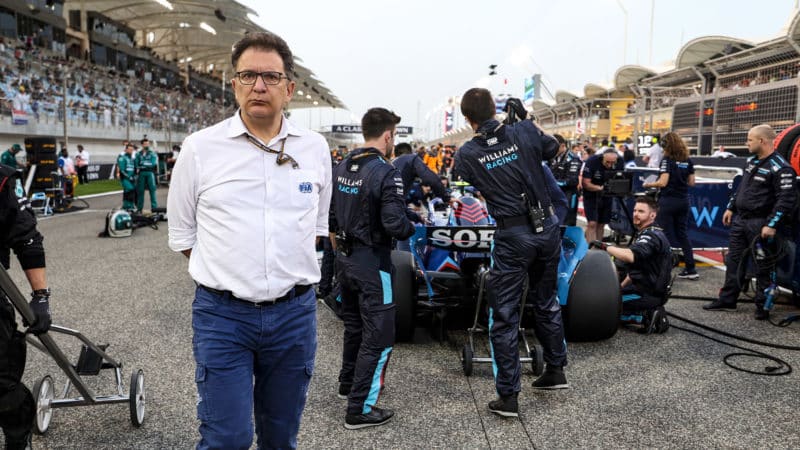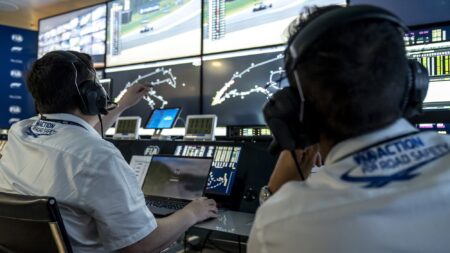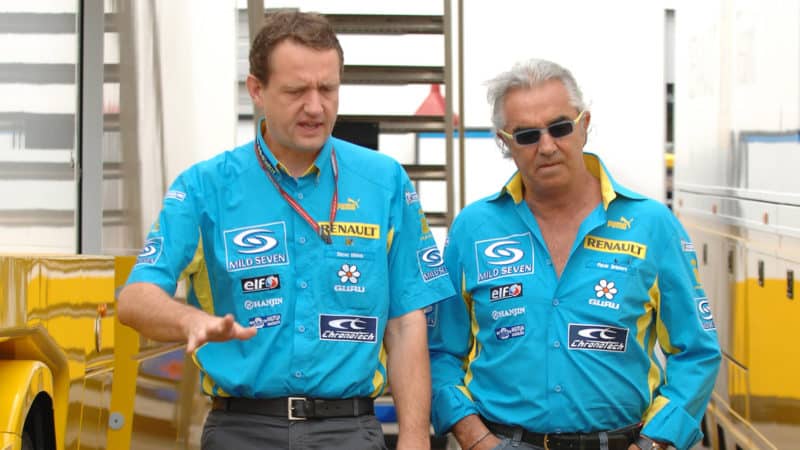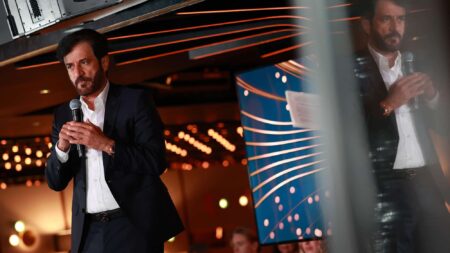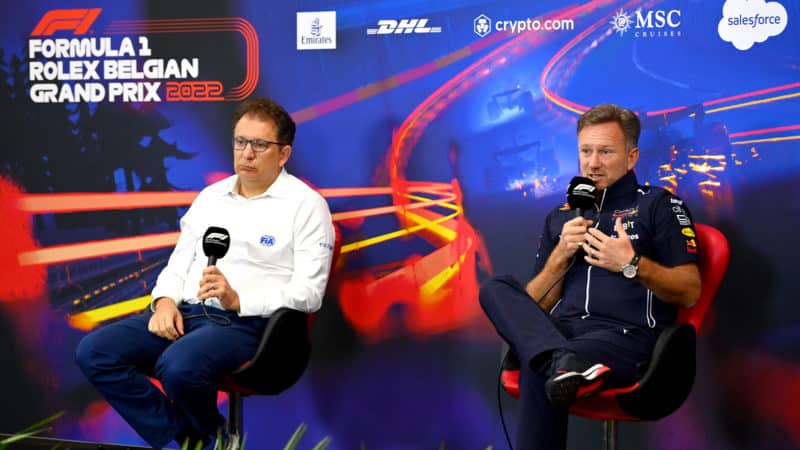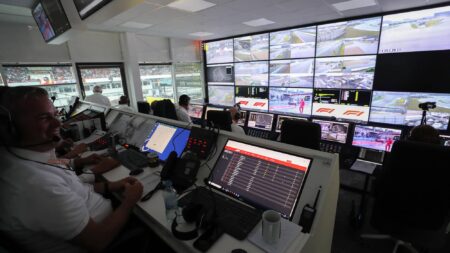“Nikolas was chairing the last F1 Commission, we have a lot on the agenda, short-term and long-term. And what we need to try to achieve is to work with each other pragmatically.
“There are a lot of objectives that are aligned, and having the best possible robust regulation and policing, put on a great show and come up with a product for 2026 that allows that to continue.”
“Well, for once I agree with everything Toto said,” added Horner. “And yeah, I think it’s an evolution. And there’s some big topics that need to be dealt with, particularly 2026, where we just need to make sure that the engine world, the chassis world, and the products of what we want F1 to be all align and marry up.
“So there’s still enough time to do that. That needs to be a key priority over the over the coming months.”
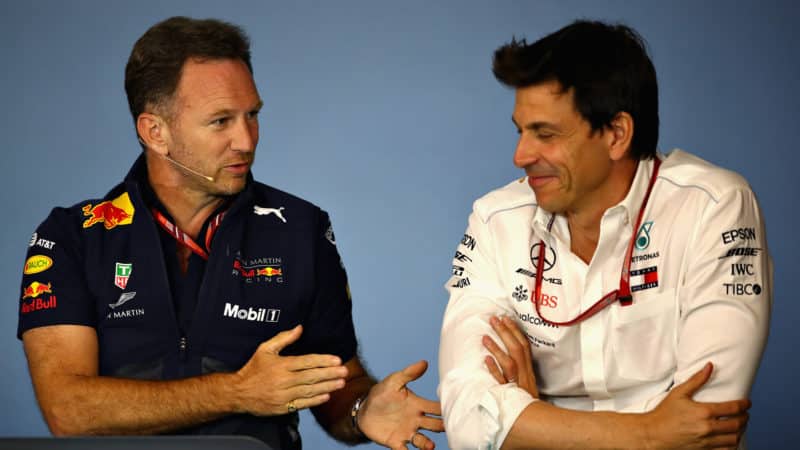
Horner and Wolff are in rare agreement over new FIA structure
Getty Images via Red Bull
Wolff and Horner have both had good reason to be frustrated with the FIA in recent years. Mercedes will never forget the 2021 Abu Dhabi GP, while last year Horner fought in vain to save Red Bull from a cost cap penalty.
The fact that they both now see positives in the new structure suggests that the FIA has put the right people in the right places at a critical time.
Why FIA stumbled in post-Charlie Whiting years
The organisation suffered badly when Charlie Whiting passed away four years ago. Whiting’s remit went way beyond his high-profile race director role, and he was hugely respected in the paddock by both teams and drivers.
His death was a wake-up call in the sense it that everyone realised that the FIA had come to rely too much on one person who wore multiple hats, and who carried so much information in his head on why the rulebook had developed in a certain way, for example.
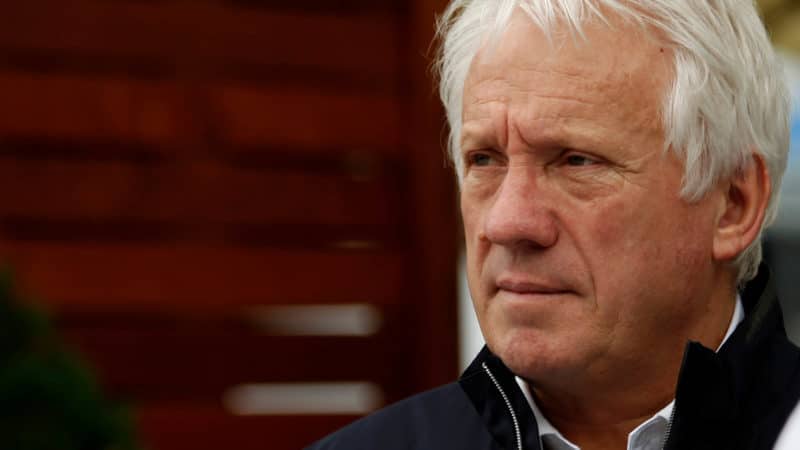
Charlie Whiting was the lynchpin of race weekend oversight — and FIA struggled without him
Grand Prix Photo
Not that there weren’t earlier attempts to share the workload and prepare a line of succession. The FIA made two high profile hires from teams, Laurent Mekies on the sporting and safety side in 2014 and Marcin Budkowski with a more technical focus in 2015. They worked alongside Whiting and were expected to play key roles for the long-term.
